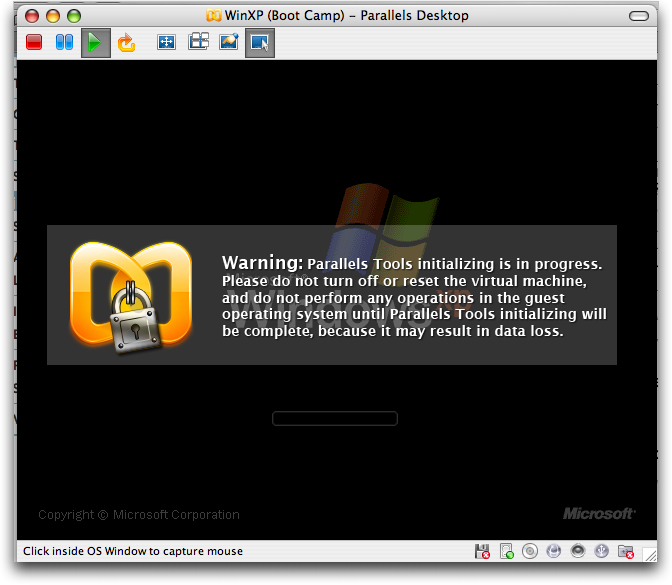I have a Boot Camp partition set up on my Mac; up until the release of Windows 10, I was running Windows 7 Ultimate on it. I would occasionally restart my Mac into Windows, but also had Parallels Desktop 10 use my Boot Camp partition for a virtual machine while running OS X (for when I just needed to check something in Windows quickly).

What Is Windows Partition
Parallels Desktop is the best way to run Windows on your Mac. It offers lots of flexibility when it comes to which operating systems it can run and it offers a customizable experience to make it your own. Jun 15, 2007 I know that with Parallels or Vmware you can now drag and drop between Mac and Windows programs. How would that work if Parallels is using the boot camp partition and that partition is ntfs? If you want a partition bigger than 32gb, it has to be ntfs. Using Parallels 7 to run win7 using its own physical partition is definitely not that easy! Windows loads, then before log-in screen it fires the blue screen (BSOD) and restarts in a continuous loop! Tried all boot options (Safe mode, recover.) non worked.

External Hard Drive Mac Windows Partition
This setup ran flawlessly until I took advantage of the upgrade to Windows 10. When I boot into the Boot Camp partition (restarting my Mac), everything works well; however, when I attempt to use my Boot Camp partition in a virtual machine while running OS X, Windows 10 states my copy of Windows isn't activated (it is when booting into Boot Camp), and that my key is invalid. There's a button to go to the Windows Store where it validates my key, but Windows will still say it's not activated.
Mac Windows Partition Boot Camp
Just to reiterate, I have only one install of Windows that I'm using; the virtual machine in Parallels Desktop is set up to use my Boot Camp partition where I have an activated copy of Windows 10. I have a feeling this is due to Windows detecting a hardware change (virtualized hardware instead of honest-to-goodness silicon), but why did my setup work just fine when using Windows 7, and now gives me such grief with Windows 10? Any workarounds to this?